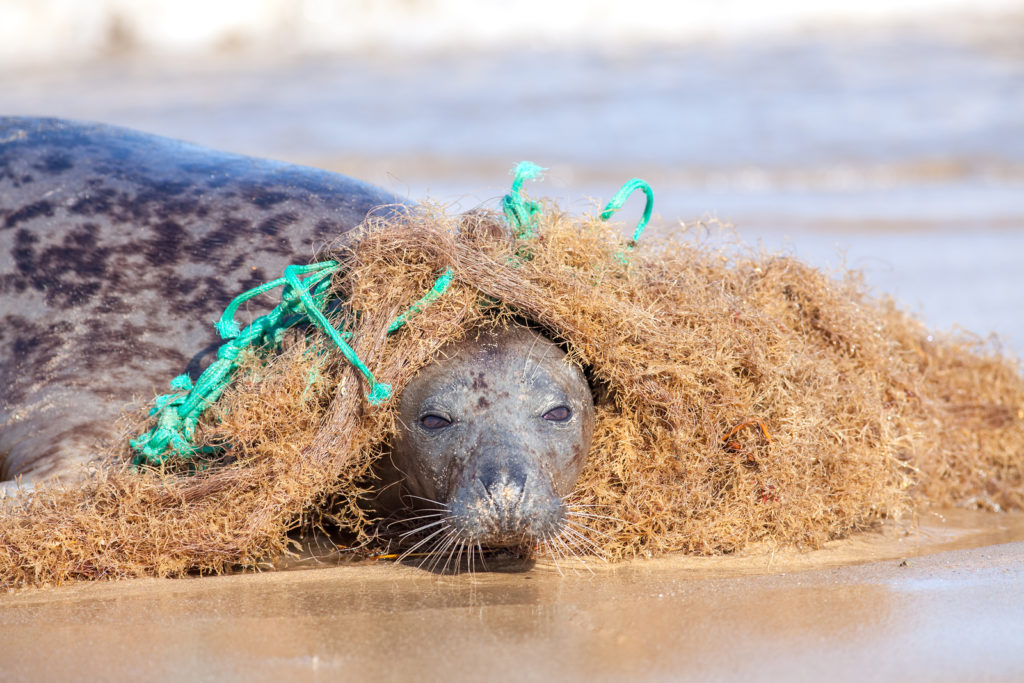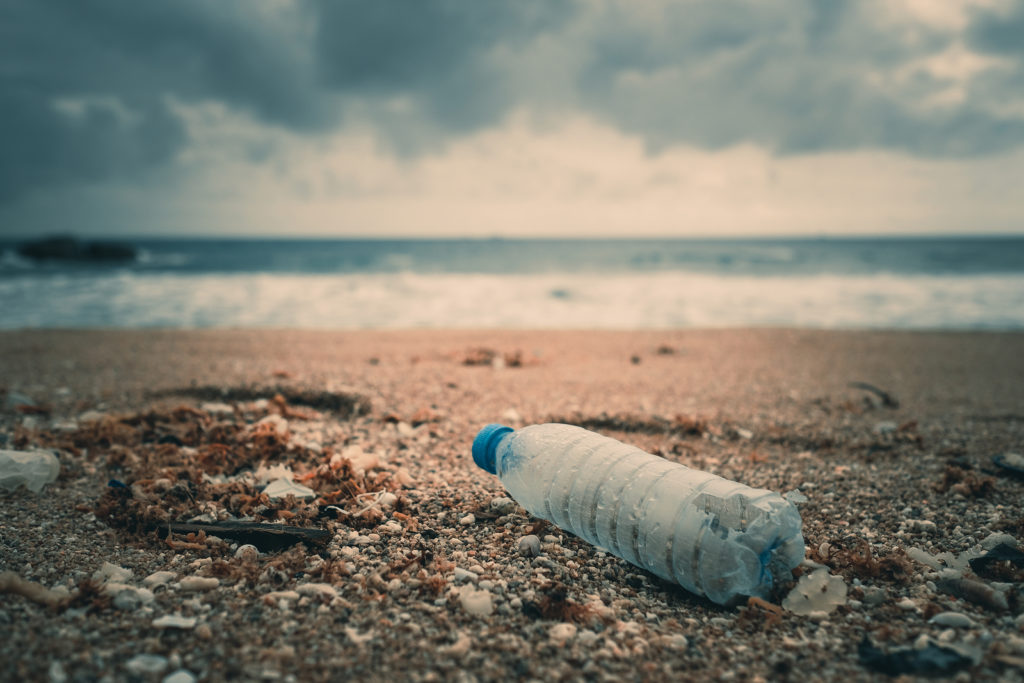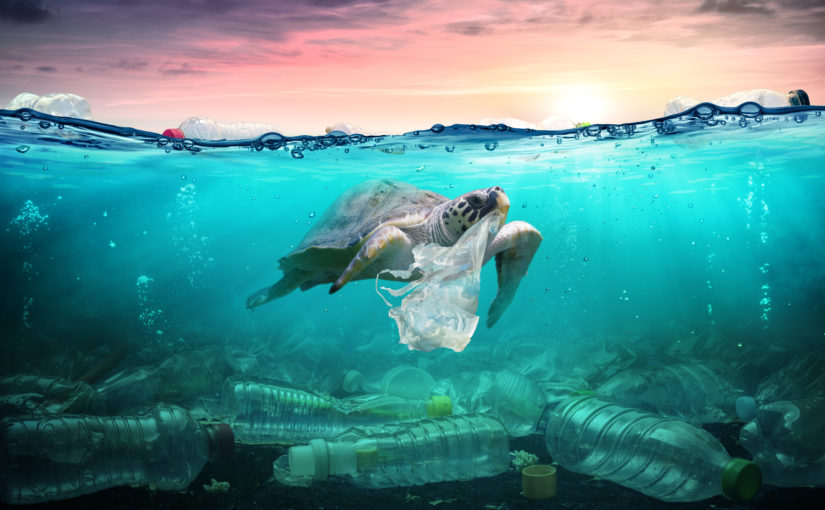Litter is a real buzzword at the moment, with plastic litter being the central focus. Thanks to Sir David Attenborough’s recent documentaries, people’s eyes are now being opened to the true extent of the world’s plastic dependence and the related litter problem.
Shocking as the sight of all the litter was on these shows and in newspapers of late, it was the impact the waste had on the wildlife that really helped to highlight the issue.
Seemingly quite pivotal viewing, the video below shows just some of the ways that Blue Planet 2 inspired people to make changes in their lives.
In fact, it is estimated that one million birds and 100,000 marine mammals and sea turtles die annually as a result of eating plastic or getting trapped in it.
Litter incidents reported to the RSPCA

The RSPCA receives around 14 calls per day regarding animals that have got into bother with or been injured by pieces of litter. This equates to over 5,000 calls per year and, of course, this doesn’t include pets or animals who are taken directly to vets to be treated. Nor does it include the wild animals who are not found, or found too late.
Cases of animals and birds being affected by plastic litter have gone up 22 per cent in just four years.
Adam Grogan of the RSPCA said:
“This shocking rise in plastic litter incidents suggests that plastic is a growing threat to animals.
“Every year, the RSPCA deals with increasing numbers of mammals, birds and reptiles that have become entangled or affected in some way by discarded plastic.
“From seals with deep infected wounds caused by plastic frisbees cutting into their necks, to swans and geese trapped in fishing line or netting, plastic is clearly having an increasing impact on animal welfare.
Our latest data sadly reflects the wider litter crisis taking place right now across the globe and action is urgently needed. It’s up to every one of us to do our bit in the war against litter.”
What is dangerous about litter?

Litter can be very tempting to wildlife — particularly:
- Food containers, plastic bottles, and jars. These can smell good but often result in animals getting their heads stuck inside them.
- Cans, which animals look inside for food and use for shade. However, wildlife can become trapped and animals can also cut themselves on the sharp metal.
- Plastic bags, which animals can confuse for food. They can choke on these, or they may obstruct their stomach or bowel (which also results in death).
Other types of litter aren’t tempting but are sadly unavoidable for our wildlife at times. These include:
- Fishing lines and hooks, which are dangerous to birds, who can get tangled in them and hooked. This results in injury or death.
- Chewing gum, which animals tread in. This can become matted in their feathers or fur, making movement or flight difficult.
- Microplastics. When in the ocean, plastics break down over time into microplastics, which are then ingested by sea creatures and birds.
What can you do to make a change?

We all need to do our bit when it comes to litter and the disposal of waste.
Dispose of all rubbish responsibly — this means putting it in a bin, and also separating your waste into recycling and general waste.
However, further steps can involve cutting down on your use of single-use plastic and reusing things before you throw them away.
When it comes to specific waste, you can do the following:
- Tie a knot in the top of plastic bags to help prevent injury and death.
- Cut all of the loops of plastic six-pack can holders to avoid animals’ necks getting stuck in them.
- Avoid using Chinese sky lanterns (find out more about the problems with sky lanterns and balloons in this blog post).
- If you must use balloons, switch to biodegradable balloons and cut them up into pieces before disposing of them. Don’t release helium balloons outdoors.
- Cut elastic bands before placing them in the bin to prevent animals from getting stuck in them.
- If you fish, fish responsibly and leave no trace.
- Crush all cans and pull the tab back to cover the hole before you send them for recycling.
- Always wash containers and place lids back on before recycling
Do you have any more tips for protecting wildlife from misplaced waste? Let us know in the comments below.
